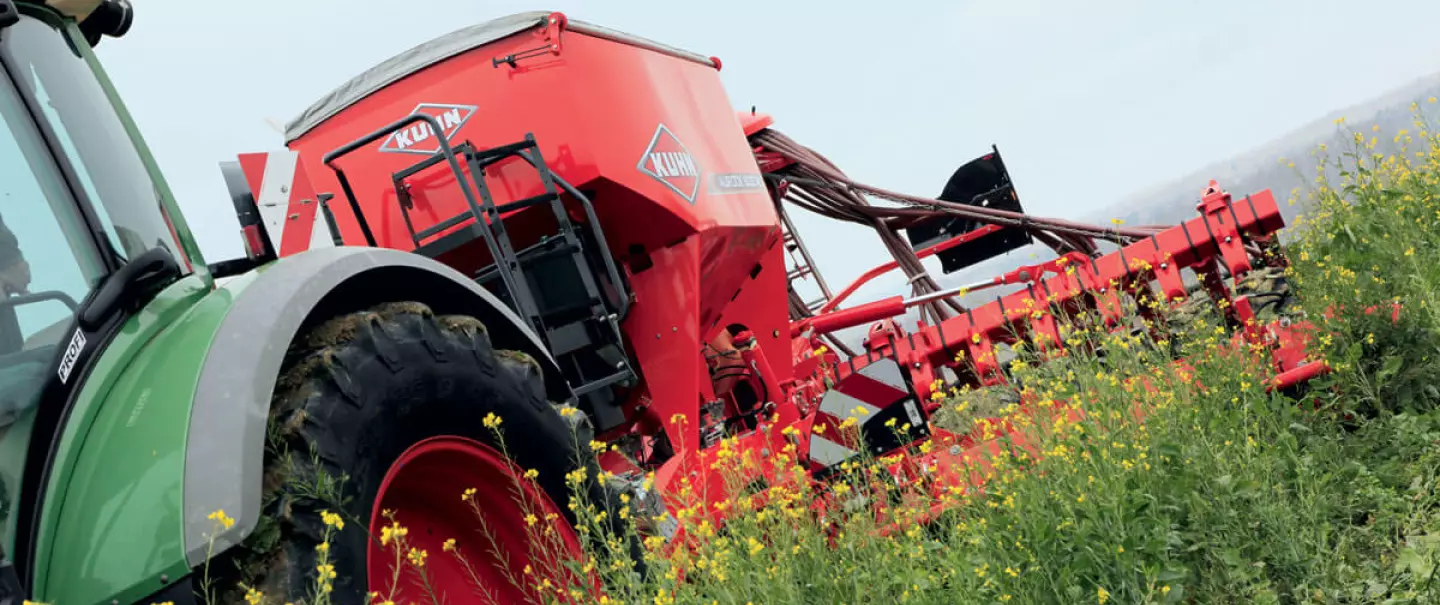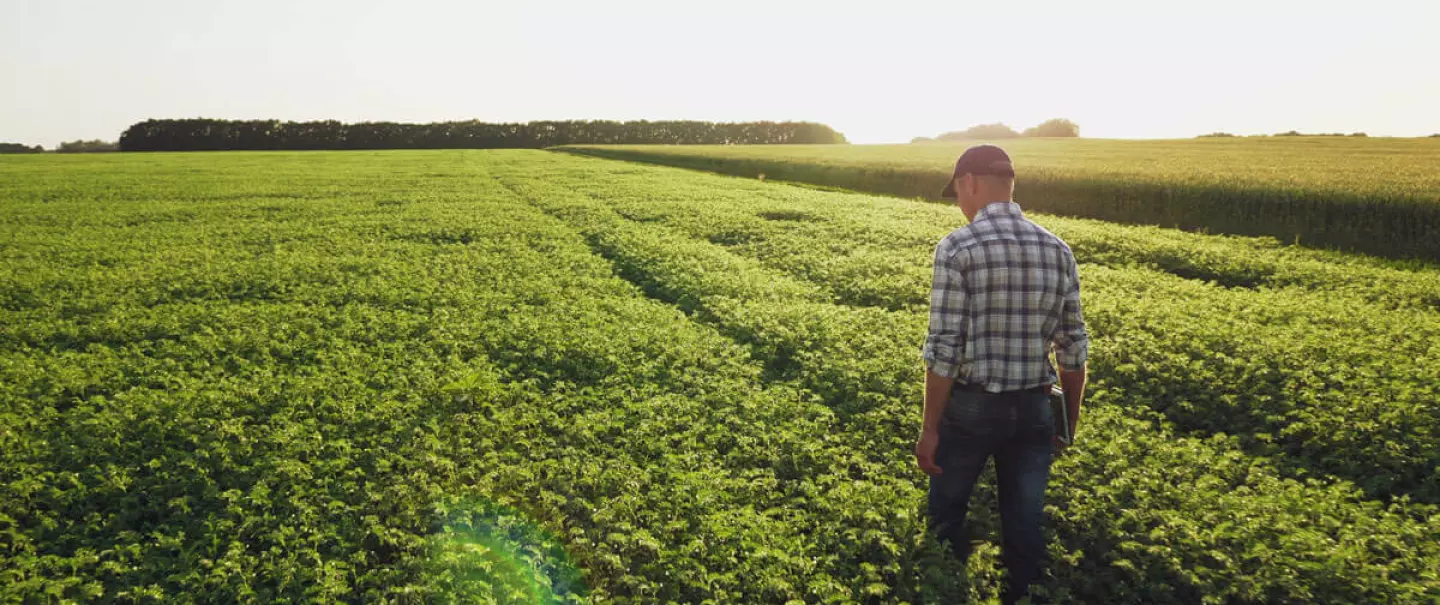
What is regenerative agriculture? Definition
The concept was developed in the 1970s, however, there is no real consensus on how to define this type of farming. It could be classed as sustainable agriculture and includes elements of other types o...
Regenerative agriculture is defined by its objectives. The aim is to restore the soil, which is the basis of healthy eating and human health. In addition, it promotes the preservation of farm productivity, as well as enhancing biodiversity, and ecosystem services. Carbon fixing is one of the priorities for restoring soil health. What are the challenges, principles, and techniques?
The concept of regenerative agriculture was invented by Robert Dale in the 1970s. He spoke of 3 criteria: healthy soil, healthy food, healthy people.
The aim of this type of agriculture is to build more resilient and productive farming systems. The emphasis is on restoring or regenerating ecosystems, particularly the soil, within the agricultural system. The systemic aspect is a strong component, which generally requires combining plant and animal-based production, to achieve a balanced cycle.
The advantages of regenerative agriculture:
The fundamental principles commonly found in documentation on the subject. Firstly, systemic reflection on a production system, as well as within a more regional and global context. Regenerative agriculture is practiced in natural areas. The aim is not only to enhance the area, but also to establish synergies that improve the soil, food, and health. Creating synergies between plants and animals is also part of the method. The other principles relate to agronomy, i.e., it is recommended to use techniques that boost soil health and biodiversity. The fundamentals of soil conservation agriculture are ever present in this practice.
The techniques are not written in stone. But there are several preferred practices because they meet the desired objectives more efficiently. The most commonly used techniques are also found in:
To promote soil health and biodiversity, tillage should be limited, cover crops planted, and a variety of species used in crop rotations. Phytosanitary products and synthetic fertilisers are not prohibited, but natural products are strongly recommended. Biocontrol products are preferred for managing crop pests and natural fertilisers (manures, composts, etc.) for fertilisation. Concerning livestock, non-intensive practices that promote animal well-being are preferred. Finally, any technique that combines these agronomic practices with improvements in people's daily lives, whether social or economic, is encouraged.
At present, only one label exists for regenerative agriculture, i.e., the Regenerative Organic Certified label or ROC, created by an association in the USA. There is no existing label for non-organic regenerative agriculture. However, the ROC specifications can be a useful tool for understanding the techniques recommended for regenerative agriculture. For soil health, it especially promotes:
In terms of livestock, there are rules relating to animal density. As such, animals should not have to compete for food and water. Feed products should mainly come from organic regenerative agriculture. Forced feeding is prohibited, with certain exceptions, as well as practices that cause animal suffering, such as dehorning, forced moulting, disbudding, beak trimming, etc. Appropriate animal care must be carried out using natural treatments, although antibiotics are authorized if necessary. ROC specifications also include a large social and economic section, particularly guaranteeing compliance with legal regulations and labour laws.
Regenerative agriculture is a method of farming that, like sustainable agriculture, allows farmers to make a living from their production. It is intended to be both productive and profitable. There are many challenges related to the global context of the planet, and achieving the objectives of regenerative agriculture also means helping to reverse the trend of soil degradation on the planet. By promoting soil conservation farming practices, it also fights global warming through carbon sequestration in the soil.
A third major goal is combatting the loss of biodiversity. However, implementing this type of farming, which requires an overall rethink of the farming system, requires training, collective reflection and, above all, the support of the general public and public policies, particularly from a financial standpoint. The transition period often entails depreciatory effects (yield, profitability, etc.), which farmers need to be able to withstand in order to reach a profitable and sustainable cruising speed.
In 1990, in the early days of the sustainable development concept, the United Nations supported the creation of a "Business Council for Sustainable Development". Thirty years later, faced with large-scale soil degradation and loss of biodiversity, businesses started getting involved in regenerative agriculture. Since 2019, 19 major companies, have come together in a coalition, named OP2B (One Plant for Biodiversity), to support regenerative agriculture and agricultural transition. Their actions are based on 3 principles:
Their efforts can, for example, promote the use of food products from regenerative agriculture, partnerships between regenerative agriculture producers, avoid deforestation, reduce water abstraction and pollution, reduce threats to species, promote tree planting in degraded areas, etc.
Regenerative agriculture enhances ecosystems through soil health, crop diversity, and livestock integration for sustainable farming.
Sources:

The concept was developed in the 1970s, however, there is no real consensus on how to define this type of farming. It could be classed as sustainable agriculture and includes elements of other types o...

Regenerative agriculture is a type of farming that promotes healthy soils, healthy food, and healthy people. What are the guiding principes?...

Regenerative agriculture is about restoring and improving the health of the soil in a given context. That’s why no method is prohibited or mandatory, on the contrary, there are numerous possibilities....

The concept of regenerative agriculture has been gaining in popularity in recent years. It has numerous benefits for the health of soils, populations, and ecosystems in general. Its contribution to gl...

